
Sacred Laws of Psyche: The Law of Entropy
We know that the mask of the unconscious is not rigid—it reflects the face we turn towards it. Hostility lends it a threatening aspect, friendliness

We know that the mask of the unconscious is not rigid—it reflects the face we turn towards it. Hostility lends it a threatening aspect, friendliness

But the big choices that can permanently alter the course of your life are very difficult. How then do you decide? In my life I’ve found that impulsive decisions are rarely the answer.
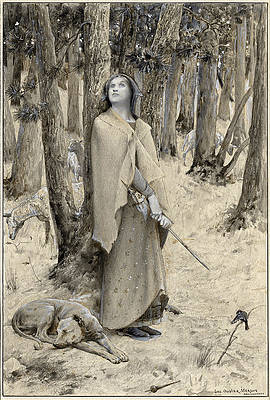
“The battleline between good and evil runs through the heart of every man.” – Aleksandr Solzhenitsyn The Sacred Law of Correspondence says that that the
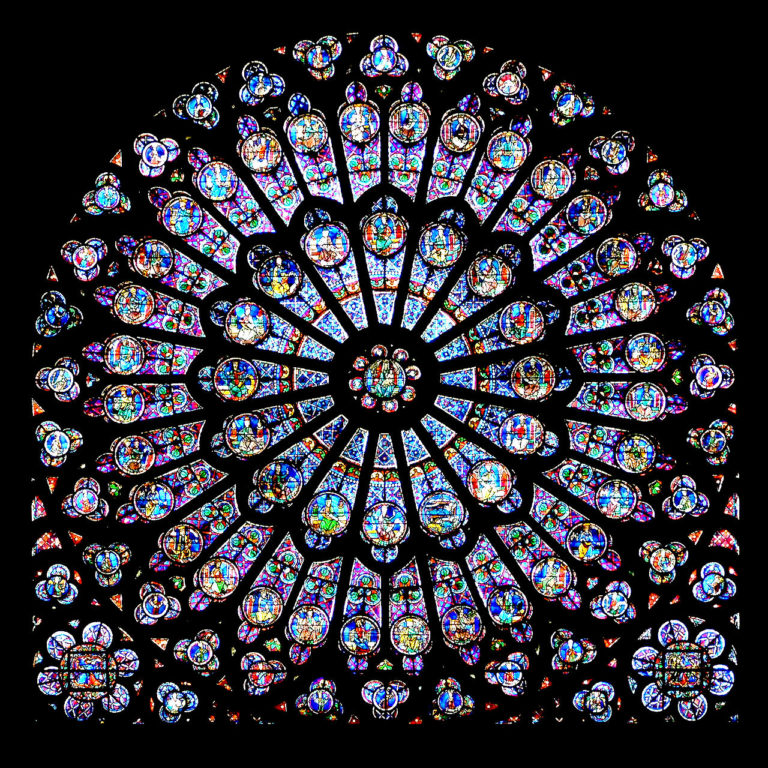
The end-goal of every psyche is to become more conscious and self-aware. You were made to want oneness, a doable antidote to the divisiveness that plagues today’s world. Self-awareness — by which I mean the acceptance of the opposites within ourselves — when combined with a sincere desire to bridge the divides between them, is the bridge to consciousness. And consciousness is the bridge to psychological and spiritual oneness. Your purpose in life is to do whatever you can to build these bridges. You’ll never be happy if you don’t at least try.
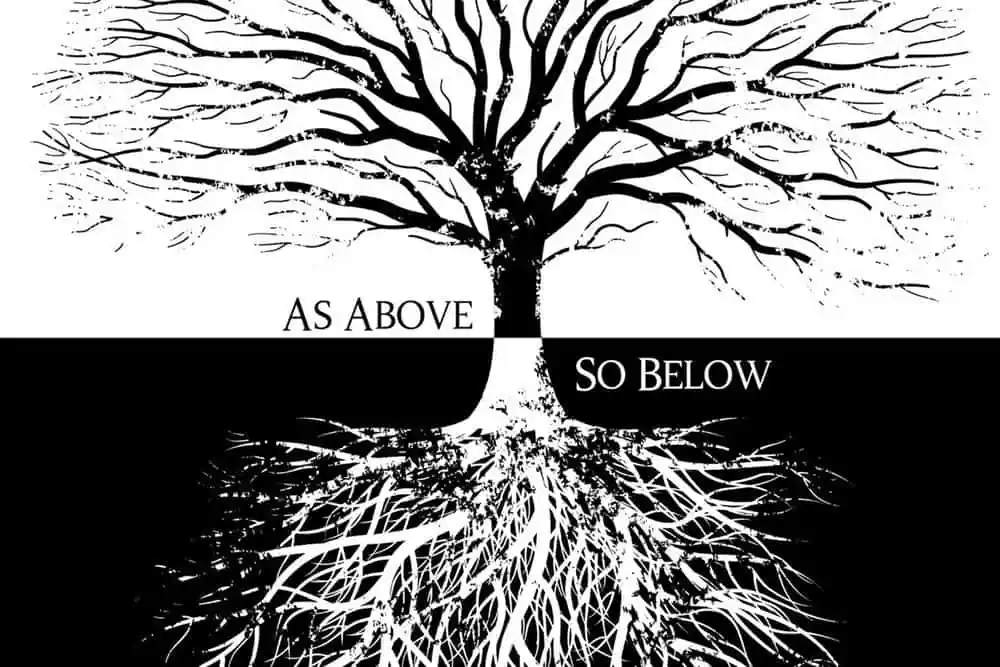
The first sacred law of psyche, the Law of Correspondence, says that the outer universe is a reflection of the realities of our inner universe.

Jung scientifically compared his inner life and that of his clients with the myths and symbols of various wisdom traditions. Campbell developed some of Jung’s themes. Their imaginative work shed much-needed light into the darkness of our contemporary collective unconscious. Following are some natural laws they midwifed into our awareness.
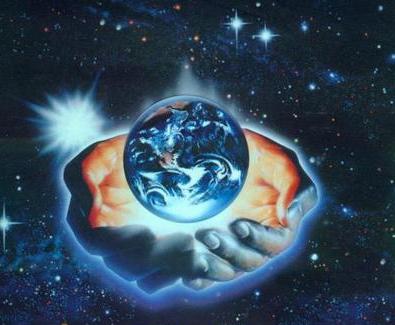
The archetype which represents the union between the Lover and the Beloved is the Healer. Healers develop the kind of love that takes energy, courage, and mindfulness. Capable of being honest about their emotions, healers are willing to be vulnerable. They invest their good wishes and positive intentions in others all the while knowing they risk the possibility that their love will not be returned, that the objects of their love might reject them, abandon them, or die.
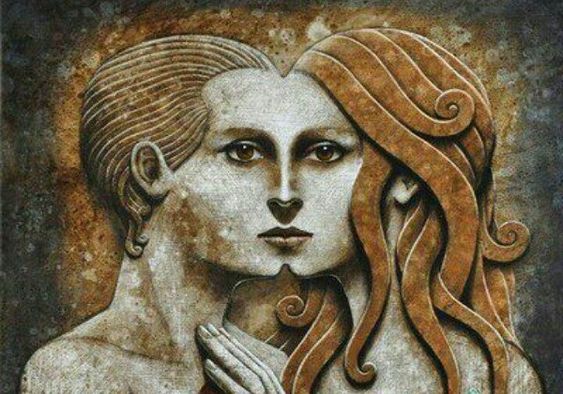
In the first century Near East the concepts of femininity being as worthy as masculinity and humanity containing divinity were incomprehensible to most people and documents promoting these ideas had to be hidden away to prevent their destruction. Thus, much of the wisdom of the early “Jesus Movement” was lost to the masses for two thousand years.
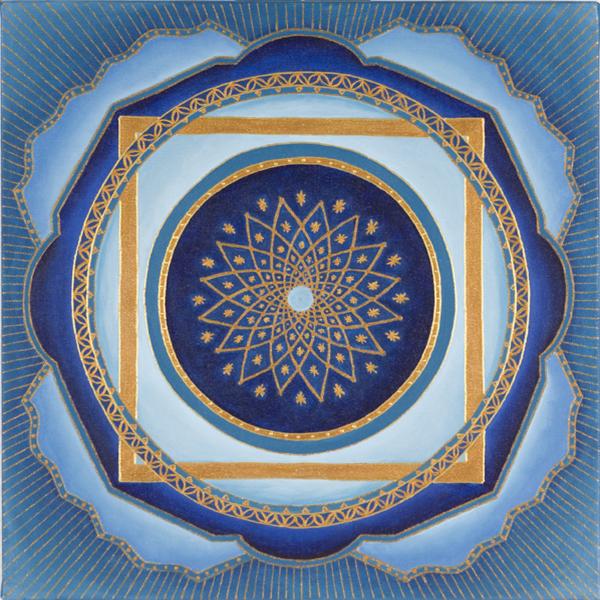
I cannot overstate the importance of this dream. I knew “I” didn’t create it; it came from a profound source of wisdom deep within me. I think of this inner wisdom as Sophia, the Divine Mother.

Both logos and mythos contribute to our spiritual development. Children use mythos thinking automatically. This is why they respond to life with spontaneity, enthusiasm, joy and wonder. But once the “masculine” phase of external striving begins, logos and the ego tend to dominate our thinking and spirituality and life begins to lose its savor.
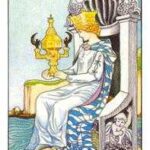
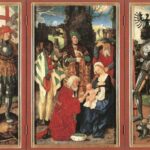
Website design and development by Chad Lieberman